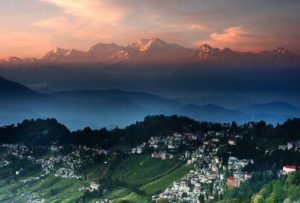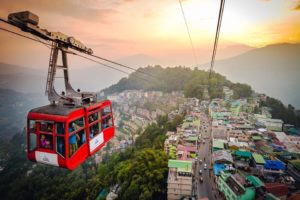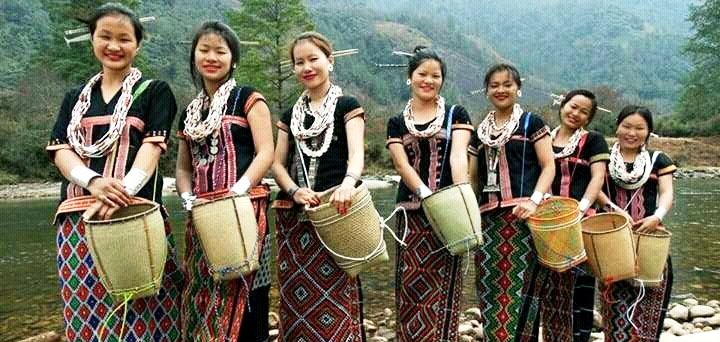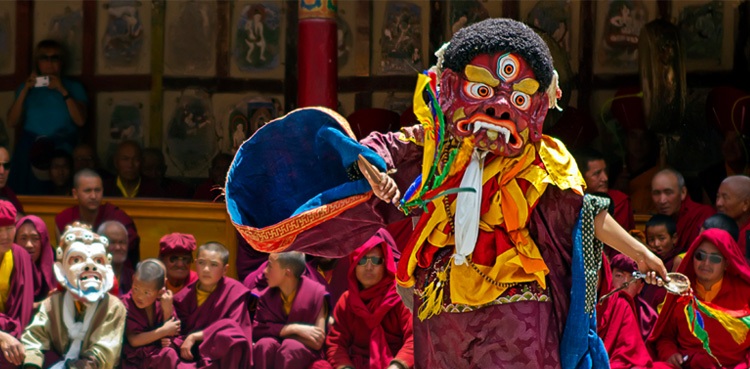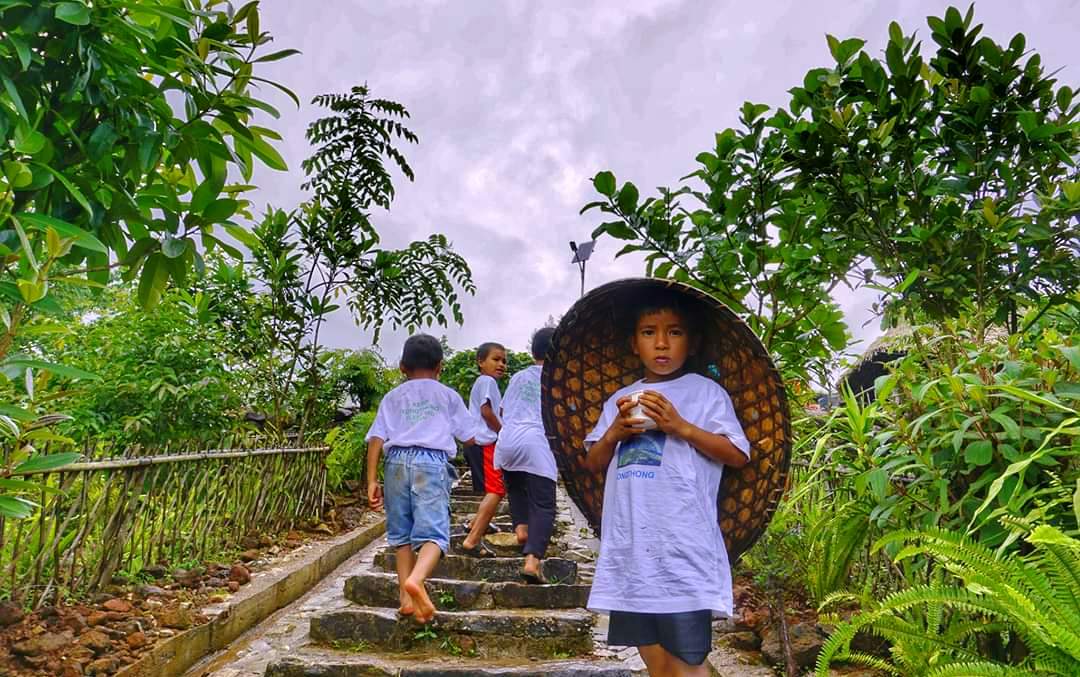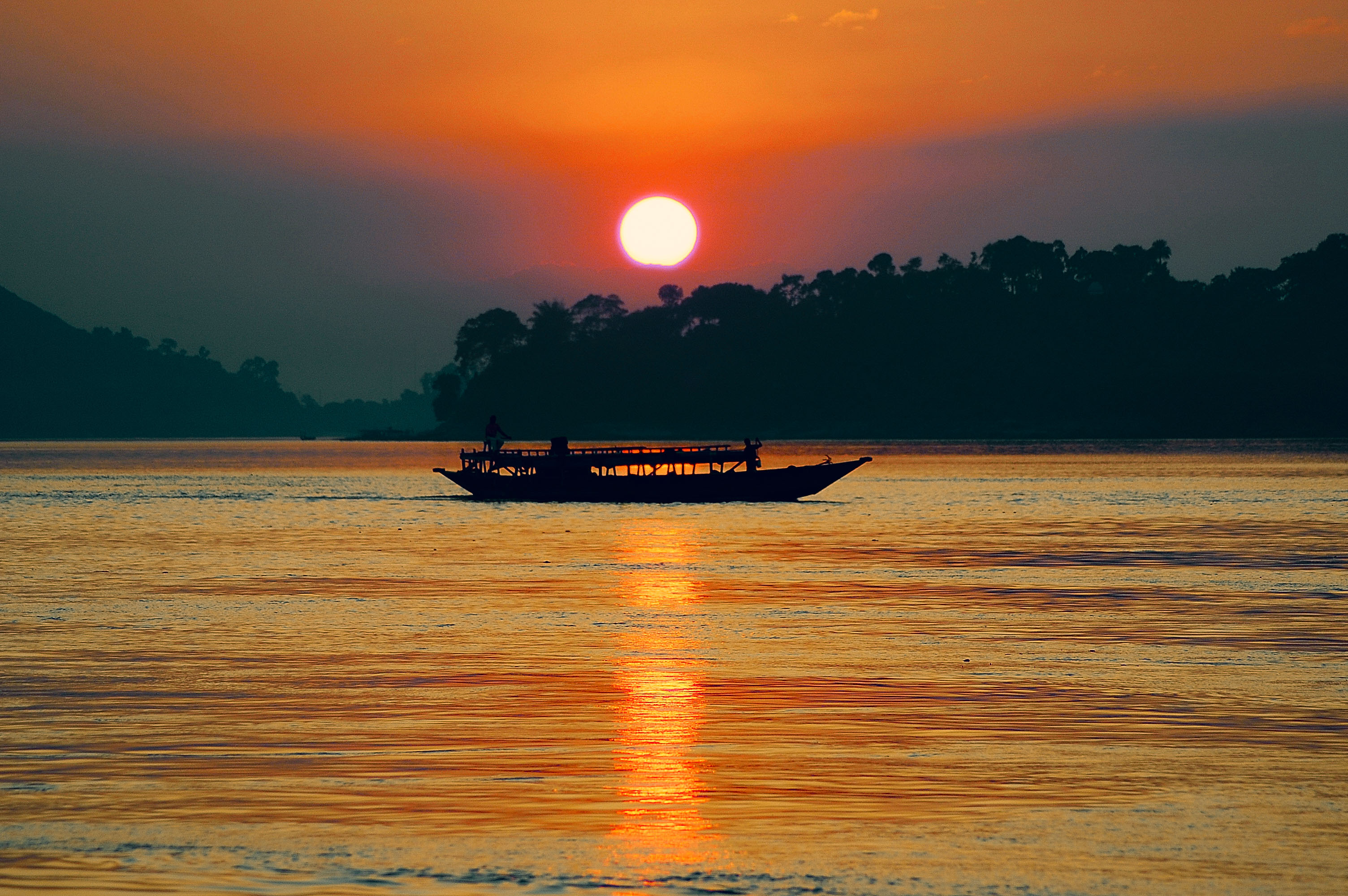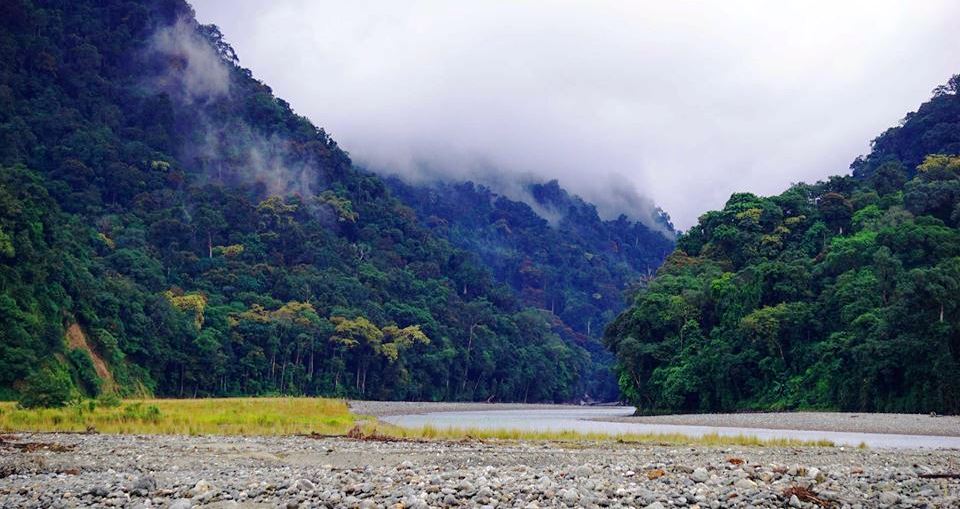Tour Highlight
This five nights six days Tour Offers The Visit To The Beautiful Hill Stations Like Darjeeling & Gangtok And adore The Spectacular view of majestic Himalaya
Visit Darjeeling, known as the Queen Of Hills and feel the youthful vibe combined with modern as well as the colonial charm.
- Gangtok Ropeway
Explore Gangtok, the beautiful capital of Sikkim which is surrounded by beautiful scenery at every stop , especially stunning views of the snow capped Mount Kanchenjunga.
Itinerary
Day 01: Bagdogra – Darjeeling (95 Kms, 3 Hrs drive)
Arrive Bagdogra by flight. Meeting upon arrival and proceed to Darjeeling.
En route Stop at Mirik:
Mirik: Mirik is one of the most charming Hill Stations of North Bengal after Darjeeling. It lies at an elevation of 4,905 feet and gets its name from the Lepcha words Mir-Yok which means ‘place burnt by fire’.
The climate in Mirik remains pleasant through out the year. The maximum temperature during summer reaches around 30°C and the minimum comes down to around 15°C. During winter the lowest temperature comes down to around 2°C. But the daytime temperature remains comfortably cool even in winter with a maximum of around 13°C. Like Darjeeling, Mirik also used to be a favourite of the British during their days in India. Now, with its charming landscapes of Alpine trees and the lash green tea gardens coupled with the beautiful lake and the unique shopping experiences makes Mirik a traveller’s delight.
The main attractions of Mirik are:
Sumendu Lake: The Sumendu Lake, popularly known as Mirik lake is about 1.25 km long and the major attraction of Mirik. The lake allows no one to escape the enchanting embrace of the quiet caress received by every tourist-turned-admirer. Boating in the lake is an opportunity every one coming to Mirik looks forward to. There is an arched bridge over the lake and a large ground where the tourists can opt for feeding the fish or go for horse riding.
Bolar Monastery: Polularly known as the Mirik monastery, it was founded in 1986. The seat of the Venerable Kyabje Bokar Rinpoche, the monastery belongs to the Kagyud order. I is one of the few monasteries in India which have retained its traditional beliefs and environment from the very beginning.
Tingling View Point / Kawly Dara Viwe Point: Through this view point one can not only view the panoramic carpeted tea plantation, but also a sweeping view of the plains as well as the snow capped mountains. The sunrise and sunset from here is a visual delight.
Later drive to Darjeeling. Arrive Darjeeling and check in at hotel.
Darjeeling: Darjeeling is one of the most popular and magnificent hill resorts in the world. Located in the Northern part of the Indian State of Bengal this heavenly retreat is all about magnificent views of snowcapped Kanchenjunga, torrents flowing down the mountain slopes, lovely tea gardens, landscapes with firs, pines & ferns, and all that combined with friendly people and modern yet colonial charm.
The place that literally means “abode of god” is an ideal getaway for every nature lover tourists. Enveloped in captivating natural beauty, Darjeeling has been rightly given the tag of the “Queen of the Hills”.
Rest of the time free at leisure.
Overnight at hotel.
Day 02: Darjeeling
Early morning visit Tiger hill at sunrise.
Tiger Hill: Tiger Hill is located about 7 miles from the Darjeeling Town and a couple of miles above Ghoom. The highest point in Darjeeling, situated at an altitude of 8482 feet above sea level tiger hill has earned international fame for the magnificent view of the sunrise over “ Kanchenjunga” and the great Eastern Himalayan Mountains. The way to reach Tiger Hill goes through the Senchal road, a narrow uphill path which offers a stunning view of the Senchal lake.
The sunrise usually begins around 5 am and hence it is suggested to be there at the spot by around 4:15. The observation deck located at the top of the hill offers the 360° view of the exotic peaks of the Eastern Himalaya including the majestic Mount Everest.
Later visit
Ghoom Monastery: Located below Ghoom railway station, at an elevation of 8000 feet, Ghum or Ghoom Monastery is the popular name of Yiga Choeling Monastery. It is the first ever Tibetan Buddhist Monastery in Darjeeling which was built by the monk and a famous astrologer Lama Sherab Gyatso in 1850. He had administered the monastery till 1905, later went to Tibet and died in his bieth place.
This monastery is a part of the Yellow Hat sect of Buddhism, known as the Gelupka Sect who worship the ‘Coming Buddha’ or ‘Maitreyi Buddha’. A 15-foot high statue of Maitreyi Buddha is seen in the central hall, made entirely of clay brought from Tibet.
This is one of the biggest and oldest statues of Buddha in the region. In front of the Buddha’s statue there are two huge oil lamps that keep burning all the time and all through out the year.
Batasia Loop: Close to the Ghoom Railway Station, About 5 Kms from Darjeeling, the Railway loop is a marvelous feat of British engineering. The view of the train tearing past the the clouds and deeper into the green beauty of the terrain is a refreshing and enchanting experience which should not be missed. The war memorial constructed in the memory of brave Gorkha soldiers of the Indian Army who died in different action since 1947, is worth to visit. A glorious view of snowy peaks and the town can be seen from this place.
There is a host of activities for visitors such as telescopic viewing of the nearby mountain peaks including Mount Kanchenjunga and Mount Everest and photography in traditional attire are some of those
After having breakfast visit
Himalayan Mountaineering Institute (HMI): About 2 Kms from the main town, this unique institution is one of the premier mountaineering institutes in the world. Founded in 1954, the nation built the HMI in Darjeeling to commemorate the success of sherpa Tenzing Norgay, the first Indian to conquer Mount Everest. Tenzing was the only other companion of Edmund Hillary to the summit.
Besides being a mountaineering institute of repute, HMI has become an important centre of tourist attraction as It commands a magnificent view of the 8586 M high Kanchenjunga, the third highest peak in the world. It also has a rich collection of models, paintings, sculptures, photographs, manuscripts, autographs, books and mountaineering equipment belonging to famous mountaineers.
Timing: 9 AM to 4.30 PM. Closed on Thursday.
Tenzing Rock: Named after the first Indian mountaineer to make it to the summit of Mount Everest, Tenzing Norgay, it is one of the most important landmarks of Darjeeling. Opposite to the Gombu Rock named after Nawang Gombu, nephew of Tenzing, these rocks are used for prileminery course on rock climbing training by HMI.
Happy Valley Tea Estate: Established by Mr. David Wilson in 1854, the Happy Valley Tea Estate is located about 15 minutes walking distance, which is 2 – 3 Kms from the Darjeeling town. Presently owned and managed by AmbootiaTea Group, it is one of the major tourist attractions for its beautiful carpeted greenery which may sweep nature lovers off their feet.
The estate is famous for its organic and bio-dynamic method of farming. It offers a guided tour of the tea factory where a visitor can have a glimpse of the fascinating process of manufacturing Darjeeling tea. The tea tasting session, specially designed for first-timers, is conducted at the end of the tour, where one can experience the legendary flavour of Darjeeling tea.
Japanese Temple: Located at a 10 minutes driving distance from the Darjeeling town center, this elegant two storied structure is a Buddhist temple which is built in the Japanese architecture. The temple is also known as the Nipponzan Myohoji Buddhist Temple. The two storied white building was built in a traditional Japanese style in the year 1972.
Two statues of Golden Lions at the entrance invite the visitors to explore inside the shrine.
There is a large prayer hall with the Buddhist gods where a visitor can take part in the prayer which is conducted twice a day. A Buddhist priest or guru can be seen beating the drums during the prayer. Thereby as a traveller, one can experience the glimpse of Buddhist worship at the Japanese Temple.
Next to the Japanese Temple there is a Peace Pagoda, a buddhist stupa which holds the sculptures of Lord Buddha. It also promotes the idea of universal peace and unity. The Peace Pagoda has 4 statues of Buddha depicting his different avatars (forms). It was constructed under the guidance of Nichidatsu Fujii and it is one of the tallest structures in Darjeeling.
One can see the carvings depicting the tales of Buddha’s life around the pagoda. The white structure of the Peace Pagoda stands for the equality, world peace and non-violence. From the top of the Pagoda, one can see the panoramic views of Darjeeling landscape including the Kanchenjunga range.
Evening visit the
Chawrasta Or Darjeeling Mall : Situated at the heart of the town, Chawrasta is one of the prime attractions of Darjeeling. It is the center of shopping as well as the socio-cultural activities of Darjeeling town. One can see some of the old & heritage stores lined up on one side and open view on the other with many pine trees all around. The word ‘Chow’ means four and ‘Rasta’ stands for roads, which means that this is the place where four roads meet.
In old British days, this was place was filled up by the Europeans for their evening walks. Today, the locals as well as the tourists come here to relax, sitting in the benches all along the Mall Road and enjoy the views over a cup of Darjeeling tea.
Overnight at hotel.
Day 03: Darjeeling / Gangtok (98 Kms, 4 hrs drive)
Morning after breakfast depart by car for Gangtok.
En route stop at Teesta, where two main rivers Teesta and Rangeet meet and creates a magnificent sight to watch. This is a ideal place for water sports like river rafting etc.
Arrive Gangtok and check in at hotel.
Gangtok: Gangtok can be a dream destination for those who love anything and everything about mountains. Gangtok the Capital of the Sikkim is a modern hill resort with ancient spiritual beliefs and an impressive cultural heritage. Perched at a height of 5500 ft, it is offering a magnificent view of Mt. Kanchenjunga along with the other great peaks of the Eastern Himalayas at a distant skyline.
Rest of the time free at leisure.
Overnight at hotel.
Day 04: Gangtok
Morning after breakfast depart for an excursion to
Tsomgo Lake: the Tsomgo Lake is one of the many high-altitude lakes in Sikkim situated at an altitude of 12400 ft on the Gangtok – Nathu La highway. Located at a distance of 38 Kms from Gangtok this serene lake is about 1 Km long, oval in shape, 15 meters deep and is considered sacred by the local people. Popularly known as Changu Lake, it is a must visit destination of every tourist’s itinerary. Tsomgo Lake is a glacial lake that originates from the melting snows of the mountains around it.
Baba Harbhajan Singh Temple or Baba Mandir (Foreign Nationals are not allowed): It is a distinguished “mandir” or shrine dedicated to “Baba” Harbhajan Singh, a soldier of the Indian Army who died near the Nathula Pass protecting the frontiers of India. It is situated between Nathu La and Jelepla Pass, at a distance of 64 km from Gangtok.
The soldiers of Indian Army and the locals believe that Harbhajan Singh comes to the temple every night and does his rounds after putting on his uniform. People worship him as a saint and believe that he guards the international boundary between India and China, over the last three decades and he is accomplishing this task alone.
Inside the Baba Mandir, one can see a large photo of Harbhajan Singh along with his other belongings like his neatly ironed uniforms and polished boots.
There are two shrines have been built to show tribute to Baba Harbhajan Singh. The old one has been built at the site of the bunker, where Baba Harbhajan was posted during his tenure and the new one has been built at a close proximity from Tsomgo Lake.
Nathula Pass (Foreign Nationals are not allowed): Considered as one of the highest motorable mountain passes in the world, Nathula Pass forms a part of an offshoot of the Old Silk Road. Even today the pass serves as an important trade link between India and China and indulges passing tourists in pretty much the same way as it once catered to traders and merchants.
This Indo-Chinese border post is nestled at an elevation of 14,140 feet and one can see the border gates of both countries and military bunkers lying across both sides of the border.
A road trip to Nathula Pass from Gangtok is a real treat for the eyes for the mountain lovers, as these roads come up with thrills and beauties in every curve. This is why the Nathula road trip should be in the travel bucket list of every tourists visiting Gangtok.
Later return to the hotel.
Evening free to explore the M G Marg – the main shopping street in Gangtok by your own.
Overnight at hotel.
Day 05: Gangtok
Morning after breakfast full day sight seeing of Gangtok visiting:
Rumtek Monastery: Rumtek Dharma Chakra Centre or Rumtek Monastery: About 24 Kms away from Gangtok, is the Rumtek Dharma Chakra Centre popularly known as Rumtek Monastery which is one of the largest monasteries in Sikkim, belonging to the Kagyud order, one of the four major Tibetan sects of Buddhism.
Built by the 16th Gyalwa Karmapa in the 1960s the glorious Rumtek Monastery houses a beautiful shrine temple and a monastery for the monks which were established with the aim of spreading the Buddhist teachings around the world. It also houses some of the World’s most exquisite religious scriptures and rare traditional objects. A golden stupa and various other sculptures belonging to the 16th Karmapa have also been preserved at the monastery.
The magnificent shrine has a walkway around it on which the monks, pilgrims and visitors perform Kora (a circuit round of the monastery). The massive prayer hall inside the monastery is decorated with splendid murals, statues and thangkhas. Tourist can be present within the hall during the afternoon prayer ritual that starts at about 2:00pm. The prayer of the monks chanting, and playing religious musical instruments including drums, lutes, and horns is so mesmerizing and intense that can help you to experience the highest level of imperturbability.
Namgyal Institute of Tibetology NIT: The Namgyal Institute of Tibetology was established in 1958 to promote and support research in the field of religion, history, language, art and culture of the people of the Tibetan cultural area including Sikkim.
Built in the Tibetan architectural style amidst the lap of lush green nature, the NIT has a excellent museum and a library which houses one of the largest collections of Tibetan Tibetan iconography and religious art and literature books in the world outside Tibet, and a museum of. It has published the Bulletin of Tibetology since 1964 and numerous books over the years.
Even though established primarily as a place for study and research of Tibetan and Buddhist culture, The Namgyal Institute has emerged as a major tourist attraction in Gangtok.
Tashi View Point: Tashi Viewpoint is one of the prime tourist places in Gangtok which offers a get a view of the magnificent Mount Sinilochu and Mount Kanchenjunga. On a clear day one can also enjoy the spectacular views of Labrang Monastery and Phodong Monastery embedded amidst the lush green backdrop.. It was built by King Tashi Namgyal who ruled Sikkim between 1914 and 1963, Nestled in a pristine location, just 8 kms away from Gangtok town it also serves as a fabulous picnic place for local, as well as foreign tourists. The Sikkim Tourism has developed it as in ideal tourist spot with resting sheds, a park and a small cafeteria for visitors refreshments.
The Gangtok Ropeway: The Gangtok Ropeway is one of the prime tourist attractions in Gangtok which attracts thousands of tourists every year. Operational since December 2003, the ropeway has three terminal stations. The lower station is based in Deorali Market near to Institute of Tibetology. The mid-terminal is situated at Nam Nang, and the upper terminal is based just below Sikkim Secretariat. One can enjoy the stunning bird’s eye view of the city along with the majestic mountains and the valleys.
The cable car ride or the Gangtok ropeway opens from 9:30 am in the morning and closes at 4:30 pm in the evening and the duration of the ride is 1 km, a roundtrip is 2 kms.
Do-Drul Chorten or Stupa: The Dro-Dul Chorten or Stupa is one of the most important Stupas of Sikkim. It was constructed by Trullshi Rimpoche, head of the Nyingma order of Tibetan Buddhism in 1945. It is situated next to the Namgyal Institute of Tibetology at Deorali.
A complete set of Dorjee Phurba, Kangyur relics (Holy Books) and other religious objects are kept inside the stupa. Around the stupa are 108 Mani Lhakor or prayer wheels. The stupa is surrounded by Chorten Lakahang and Guru Lakhang, where two statues of Guru Rinpoche are present. The Chorten was recently in news for the micaculous water dipping from its top on a clear sunny day.
A steep climb takes one to this holy place where one can witness the Buddhist monks live spending their days turning the wheels of Dharma and reciting prayer beads. The white Stupa with it’s gold halfmoon crest dominates the skyline of the area.
Ganesh Tok: Ganesh Tok view point is one of the many popular tourist attractions in Gangtok. Located at a distance of 6 Kms from Gangtok, it offers spectacular views of the snow capped Himalayan mountains. There is a small Ganesh Temple which is surrounded by colourful flags, tied across the stairs making it looks divine and serene. There is a lounge and a balcony in front of the temple which is the main attraction of the place.
Hanuman Tok: Dedicated after the Hindu God- Lord Hanumana, Hanuman Tok is a popular temple and a major tourist attraction in Gangtok. It is located 11 kms from Gangtok,on the way to the Indo-Chinese border post of Nathula.
The legend says, Lord Hanuman took a rest at this point on his way to Lanka after collecting the Sanjeevani Booti (herb) to heal Lord Lakshman. The temple is situated at an altitude of 7200 feet; and thus providing a brilliant view of the surrounding mountains along with the famed Mount Kanchenjunga. The cremation ground of the erstwhile Namgyal Royal family of Sikkim is just next to this pristine place. Presently the temple and the surroundings are preserved and maintained by the units of the Indian Army.
Lingdum Monastery or Ranka Monastery: Lingdum Monastery, popularly known as Ranka Monastery lies in the East Sikkim some 20 km from Gangtok is one of the popular monasteries in Sikkim. Built in 1998. The monastery follows the Zurmang Kagyud lorder of Buddhism. Since it’s relatively a new monastery and does not have much historical or strategic significance like Rumtek Monastery, it is not much talked about.
However, due to its picturesque surroundings and beautiful architecture, the monastery attracts many Bollywood filmmakers here, and it has been a part of several Bollywood movies that have been shot here.
The monastery is spread out in a vast area with a 2-storey building along the periphery of the courtyard that has several classrooms where the young lamas undergo training. The visitors can easily interact with the young monks who are trained here.
The monastery is a good example of Tibetan architecture with a huge gold plated Buddha statue sits in the lotus position inside the sanctum. There are rows of low tables lying inside the sanctum where the lamas read their prayer books. One can visit the monastery during the evening prayer time when the monks chanting, and playing religious musical instruments thereby creating serene and spiritual atmosphere.
Banjhakri waterfalls: En route to Ranka Monastery the Ban-Jhakri Waterfall is well known for its beautiful natural springs and pristine environment. This 100 ft waterfall is nestles in a thickly forested area of Swastik, which is about seven kilometers away from Gangtok. This beautiful waterfall gains its importance after the new tourist circuit emerges with the opening of the famed Ranka Monastery. Spread over an area of two acres of land, the waterfall cascades down with a lot of force and along with the Energy Park built specially for the tourists it becomes a prime attraction which should be on every travellers bucket list.
Evening free at leisure.
Overnight at hotel.
Day 06: Gangtok / Bagdogra (124 Kms, 4 hrs drive)
Morning after breakfast transfer to Bagdogra airport for onwards destination.
Tour Ends.
Inclusion and Exclusion
THE PACKAGE COST INCLUDES:
- All transfers and sight seeing as per the itinerary by a dedicated vehicle
- Accommodation for five nights.
- Daily breakfast at hotel.
- All parking, toll charges, driver’s allowances etc.
- 5 % GST as applicable
THE PACKAGE COST DOES NOT INCLUDE:
- Any meals other than mentioned above.
- Entrances to the monuments, parks other than mentioned above.
- Charges of the accompanying guide or local guide (if required)
- Any expenses occur due to natural calamities or which are not mentioned in the cost inclusions
- Any other expenses of personal nature i.e camera, laundry, telephone, any type of insurances, tips, portages etc.




